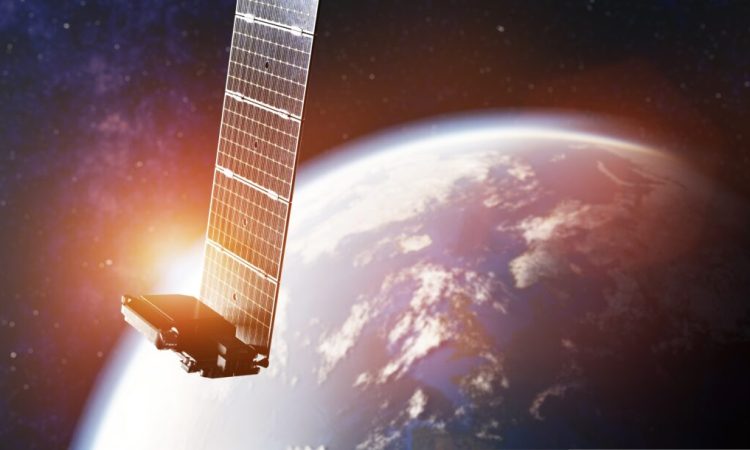
A new study shows that second-generation Starlink satellites suffer up to 30 times more radio leakage than their predecessors. The researchers warn that if SpaceX continues to deploy the newer versions as planned, we could reach an “inflection point” where astronomers will no longer be able to properly study the Cosmos.
SpaceX’s newest generation of Starlink satellites escape into low-Earth orbit and more potentially disruptive radiation than their predecessors, according to a new study.
Researchers warn that continued and uncontrolled deployment of spacecraft could lead to an irreversible “tipping point” beyond which we will no longer be able to properly study the most interesting objects in the Universe.
In July 2023, researchers discovered that the first generation, first launched in 2019, is emitting unintended electromagnetic radiation (UEMR) into space.
This radiation, which consists mainly of radio waves, is involuntarily emitted by satellites in many directions while transmitting radio signals to Earth. Unfortunately, the frequencies of these radio waves are very similar to those emitted by distant objects in the cosmos, such as stars, exoplanets, black holes and pulsars, meaning that leakage from satellites can obscure radio astronomers’ readings.
Satellites emit up to 30 times more radio waves
Over the past year and a half, SpaceX has been phasing out these satellites in favor of the newer Generation 2 models, which are set to launch for the first time in February 2023. These spacecraft are smaller, more powerful, more maneuverable and more rugged than their predecessors , according to Live Science.
In the new study, published in the journal , researchers used the Low-Frequency Array (LOFAR) telescope – a huge network of radio antennas spread across eight European countries – to track the Gen 2 satellites. The astronomers found that the new spacecraft are even more permeable than their Gen1 counterparts. The worst culprits are “V2 mini” satellites, the most common type of Gen 2 satellite, which can emit up to 32 times more UEMR than their Gen 1 predecessors.
UEMR from and all those that will follow them into orbit over the next few decades could end up “blinding radio telescopes and paralyzing vital research of the Universe,” the researchers wrote in a statement.
100,000 satellites in orbit by the end of the decade
The radiation emitted by the Den 2 satellites is up to 10 million times brighter than the faintest radio-visible objects in the night sky, he writes.
“This difference is similar to the faintest stars visible to the naked eye and the glow of the full Moon,” said lead study author Cees Bassa, an astronomer at the Netherlands Institute for Radio Astronomy (ASTRON).
launched into space is also increasing year on year, which means the problem is only going to get worse. SpaceX has already launched more than 1,300 satellites into space in 2024 – all of them mini V2s.
Other satellite megaconstellations, such as China’s Thousand Sails Constellation and Amazon’s Kuiper Project, are also beginning to take shape, which could compound the problem if they too escape the UEMR. The study’s researchers estimate there could be as many as 100,000 satellites in orbit by the end of the decade.

